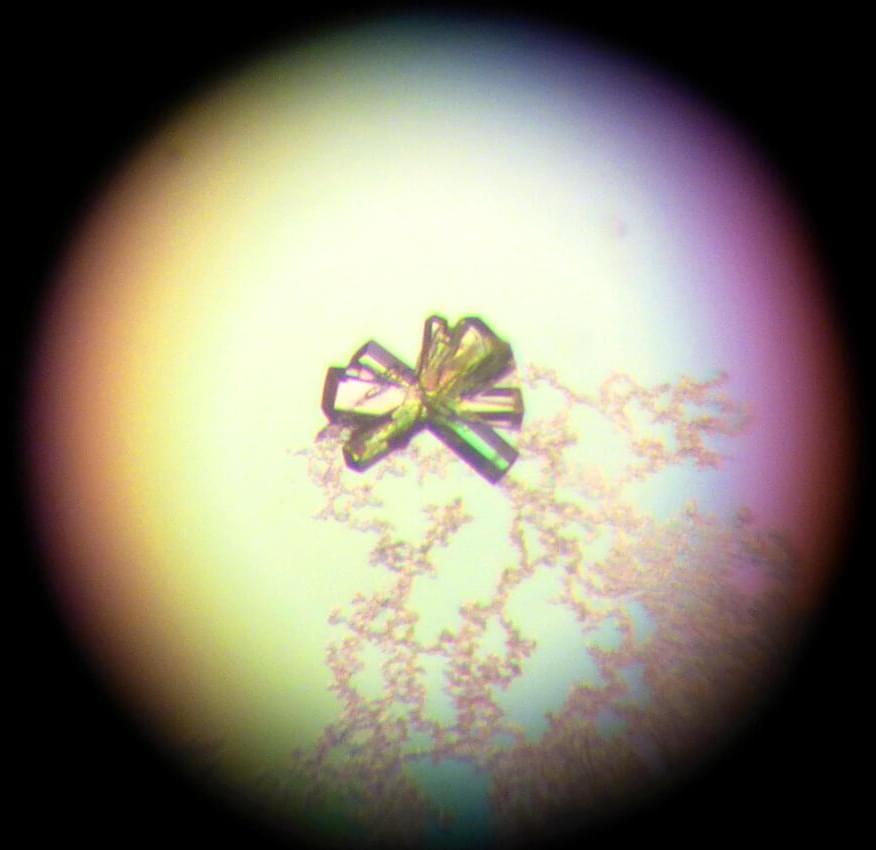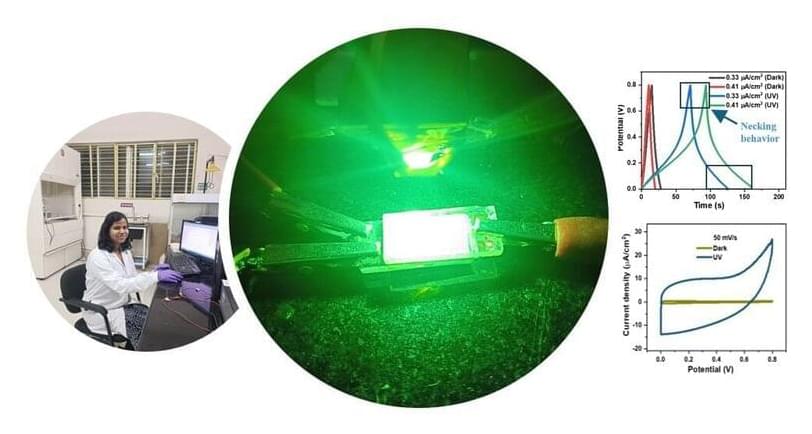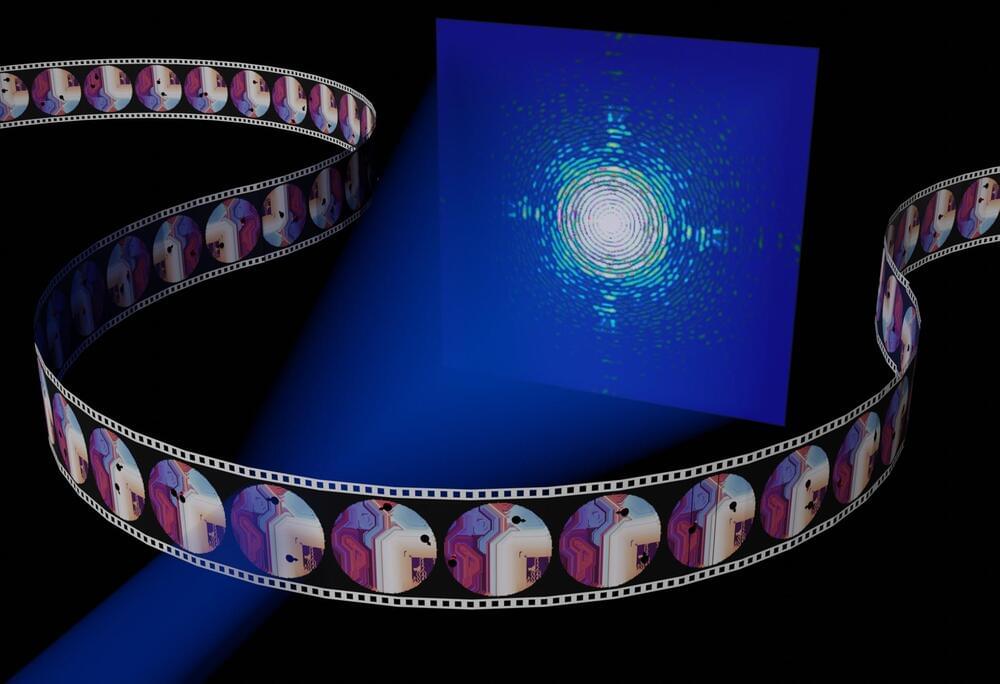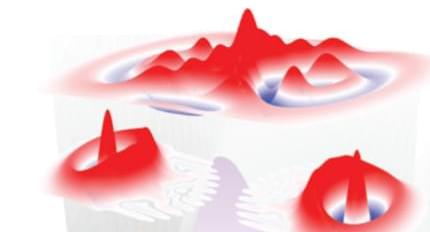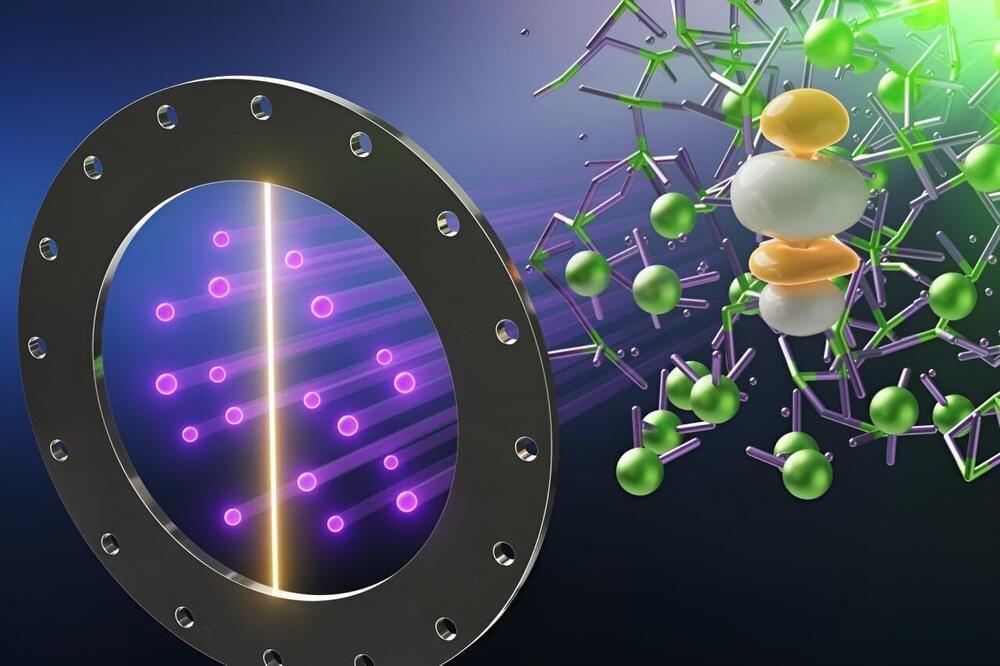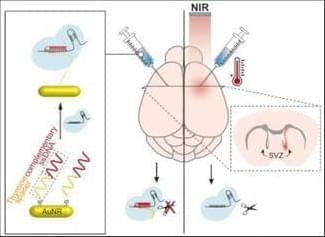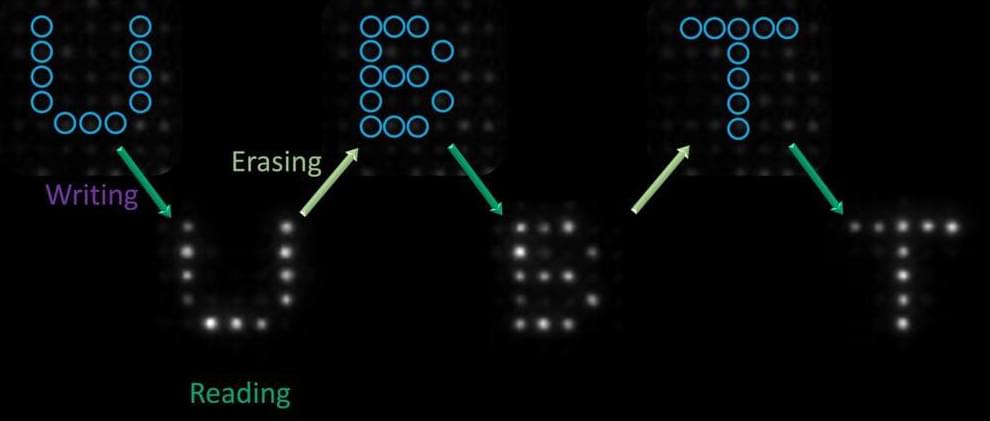Sep 6, 2024
Crystallized alternative DNA structure sheds light on insulin and diabetes
Posted by Genevieve Klien in categories: biotech/medical, chemistry, computing
The crystal structure the scientists developed can enable computational-based drug discovery to be used to target the i-motifs from the insulin gene, because when scientists know the specific 3D shape, they can design molecules digitally and model them to see whether they will fit.
Scientists can then develop new drugs using particular chemicals when they know which ones will fit the drug target best—a process called rational design.
As the first crystal structure of this type, the researchers say it will also be useful as a model for other targets in the genome, besides the insulin gene, which form this shape of DNA.
